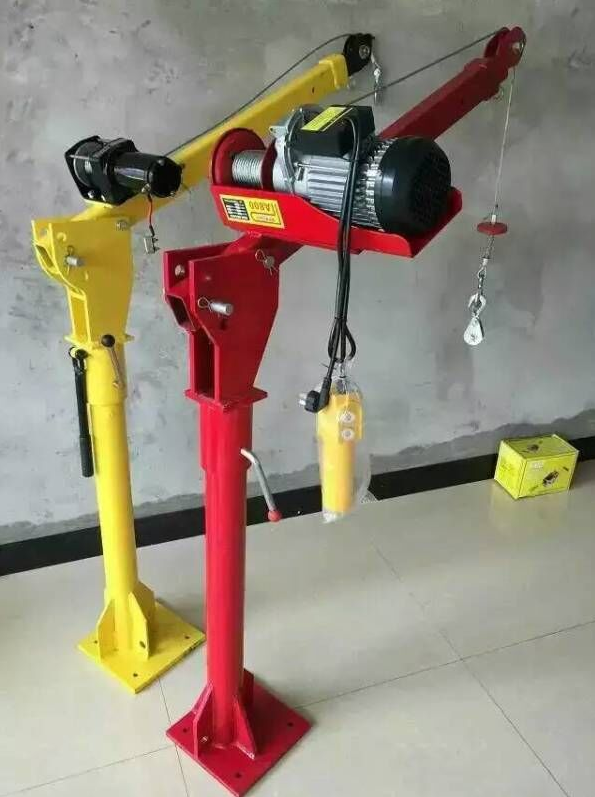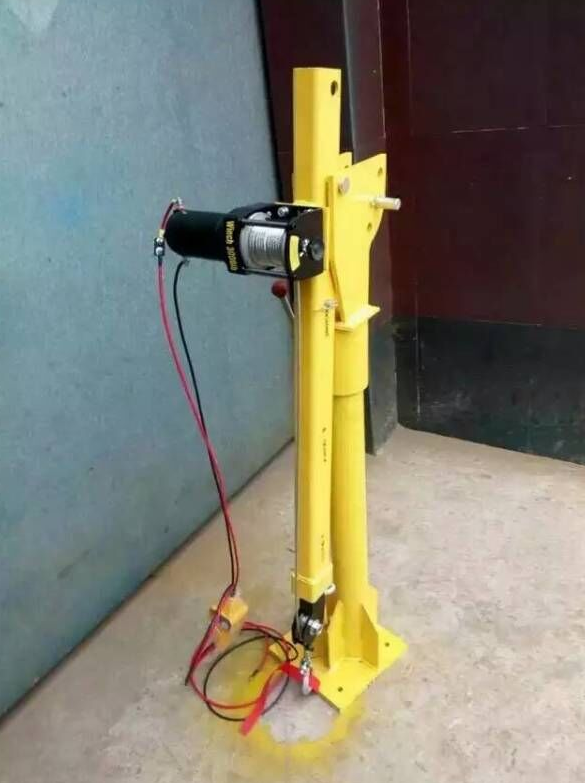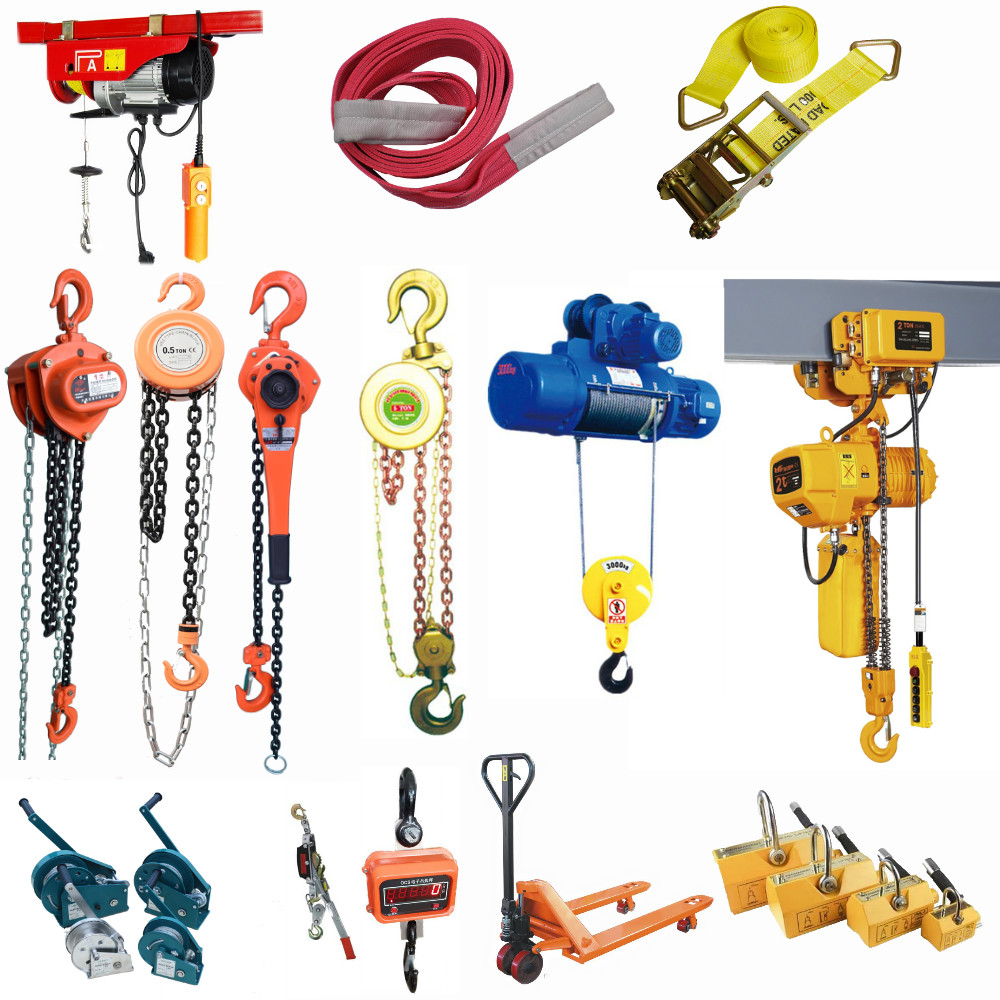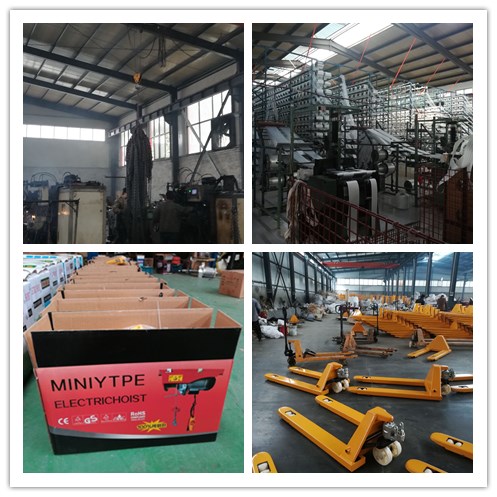Calcium or liquid metal batteries for large-scale applications
Ten years ago, Donald Sawdouil, a professor of materials chemistry at the Massachusetts Institute of Technology, invented high-capacity liquid metal batteries with his students. His team has now discovered the new chemical ingredient, calcium, which makes the technology cheaper and more usable, opening the way for large-scale applications of liquid metal cells.
Their latest research, published in the journal Nature Communications, shows that calcium, a rich and inexpensive chemical, can be an important starting point for three-layer liquid metal cells.
Sadov said the discovery was unexpected, because the properties of calcium make it seem almost impossible to become a liquid metal battery raw materials. On the one hand, calcium dissolves easily in salt solutions. However, one of the main features of liquid metal cells is that three of its key components form separate layers; on the other hand, calcium has a high melting point and, if it is used Raw materials, liquid metal batteries have to work at 900 degrees Celsius temperature.
However, this seemingly the most playful material has aroused the interest of researchers. Because cheap calcium can greatly reduce the cost of liquid metal batteries, and its inherent high pressure performance makes it a good "candidate" for liquid metal battery negative electrode layers.
Calcium liquid battery art design
To solve the problem of calcium melting point, researchers have alloyed calcium with magnesium, which is inexpensive and has a melting point well below calcium. The combination of the two reduces the original melting point by 300 degrees Celsius while still maintaining the high pressure performance of calcium.
Another innovation is in the liquid metal battery that is the middle layer of the electrolyte design. When the battery is in use, the ions move through the electrolyte, and as they move, the current passes through the wires that connect the poles of the liquid metal cell.
The newly designed electrolyte contains a mixture of lithium chloride and calcium chloride, and the calcium-magnesium alloy as the negative electrode layer is hardly dissolved in this electrolyte. This design also brings a new surprise. In general, in powered batteries, swimming ion is acting alone. For example, in lithium-ion batteries, only lithium ions swim, and only sodium ions swim in sodium-sulfur batteries. But researchers found that in the latest design, many kinds of ions move in the electrolyte, increasing the overall energy output of the battery.
Sadow said that this fortuitous discovery will open a new path for battery design. "As time goes on, you can explore more elements of the chemical's periodic table to find better battery formulations," he said.
Car lift crane
Car lift crane can be used in a variety of environmental, field operations, laboratories, schools, construction, decoration and assembly lines, light trucks, vans, light trucks, heavy trucks, caravans, cars, loading docks, platforms, rescue vehicles matching use; Car lift cranesupporting alternative vehicle small jib cranes, bridges, storage and cargo handling cars and so on, set a number of advantages in one.The package of Car lift crane wooden case .



About us


Contact us

Car Lift Crane,Car Crane Crane Lift,Car Small Lift Crane,Hydraulic Car Lift Crane
Hebei Liston Lifting Rigging Manufacturing Co., Ltd. , https://www.liftingriggingfactory.com